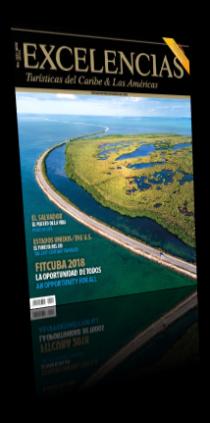- Living Santiago “Three Times”
For any traveler, it is always important to know the values of Santiago de Cuba, a travel destination that can meet your expectations in terms of cultural and natural enjoyment, recreation and leisure, food and so many other interests. This allows visitors to prepare a trip and that could become the first phase of enjoyment, which then leads to the second (the trip itself) and goes on to the third, which consists of telling relatives and friends about the experience, to show them pictures, to remember what happened. It's great when it can be enjoyed three times!
In that sense, Santiago de Cuba and its vicinity have the ability to unleash high-impact living experiences for any tourist. Firstly, because it is one of the first cities of Hispanic Americas, with over 500 years of existence on its walls, ever founded. And consequently, it is the bearer of a broad legacy expressed in its landscape, urbanism, architecture and culture.
This Caribbean city, surrounded by mountains and home to three World Heritage sites: the Morro de San Pedro de la Roca, La Caridad de Oriente French Cotillion, and the coffee archeological landscape resulting from the French settlers who came to the island following the Haitian Revolution. Today, the latter is shown through the rekindling of the old haciendas that recall the coffee culture of yesteryear.
Santiago is the city of history in Cuba, given the prominence of its children in the independence wars and its role as the setting for major national events. There are many historical parks, sightseeing spots, monuments... that provide an effective tour through relevant moments in Cuba’s history, such as the Museums of Cuban Historic Environment, the Emilio Bacardi and the Carnival Museum.
In the same breath, you’ll have the opportunity to understand the last stage of the Cuban Revolution, started by Fidel Castro and the Centennial Generation, by visiting sites of high historic value, such as the Moncada Barracks.
Paying a visit to the Santa Ifigenia Patrimonial Cemetery, with its solemnity and beauty, is to have the opportunity to view the final resting place of the founding fathers of the Cuban nation and, together with them, a slew of boldface names related to the island nation’s cultural life. Here, art and history come together to create an unforgettable experience.
Traipsing down the city’s historic center will let visitors have a better understanding about a city that is split between the sea and the mountains, which is maze-like and in turn, opens broad visual perspectives in its many natural vantage points. But the city can also be understood through music and rum, two elements that play an undeniable role in the way the people of Santiago construe pleasure and enjoyment.
No one leaves Santiago without visiting Our Lady of Charity, at the National Shrine.. This unique landscape is a place of pilgrimage, devotion and great spirituality.
There will always be a lot to say about this living city, a city full of colors and sounds, full of symbols and meanings, joyful and playful, moving and solemn. Come to think of it, you’d better come down here to Santiago for a closer look at its Caribbean character and its three-pronged hallmark: hospitable, rebellious and heroic.





























































































































